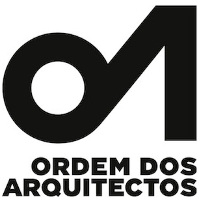Water Mill
Monchique
- STATUS: UNDER DEVELOPMENT
- CATEGORIA / CATEGORY: Habitação / Habitational
- TIPO / TYPE: Reabilitação / Rehabilitation
- LOCALIZAÇÃO / LOCATION: Monchique
- Engenharia / Engineering: Guida Gomes Engenharia
- Topografia / Topography: Sónia Gomes Topografia
Monchique já foi distribuído por uma rede de moinhos de água, remontando aos tempos romanos, que faziam uso dos muitos rios e fontes da região, moendo grãos e executando outras tarefas que, de outra forma, teriam sido muito difíceis. Em 1938, uma pesquisa encontrou 25 Moinhos no conselho ainda ativos. Durante o século XIX e a maior parte do século XX, as pessoas ainda produziam pano de lã em casa derivado das suas próprias ovelhas; Este pano era lasso e não muito resistente. Para tornar a malha mais apertada, o pano precisava ser batido enquanto molhado. Barranco de Pisoes, uma área de Mochique, é atravessada pela Ribeira de Pisoes, também conhecida como ribeira preta. Os 5 moinhos espalhados por esse rio realizaram o trabalho especializado de bater o pano de lã molhada. Durante este processo, as tintas fluíam, dando ao rio seu nome. No passado, um desses Moinhos foi convertido em habitação e ampliado. O edifício mudou agora de proprietário e é necessário uma renovação e extensão. Como este é um edifício histórico delicado, construído exclusivamente de materiais locais naturais, que não foi bem cuidado no passado, é de extrema importância limpar as alterações anteriores, removendo todos os materiais dissonantes e restaurar a estrutura original. As novas áreas se expandirão para o sul, irão conectar o prédio principal com alguns de seus anexos existentes, criando novos espaços habitacionais - isso será alcançado em 2 fases de construção. Este novo edifício precisará ser construído com os mesmos materiais locais, fazendo uso de técnicas locais de forma respeitar seu passado, oferecendo-lhe no entanto um futuro.
Monchique was once doted by a network of water mills, going back to roman times, that made use of the area’s many rivers and fountains, milling grain and performing other tasks that otherwise would have been very difficult. In 1938 a survey found 25, still working, Mills in the council. During the XIX century and most of the XX century, people would still produce wool cloth at home from their own sheep; this cloth would be loose and not very resistant. In order to make the knitting tighter the cloth needed to be beaten while wet. Barranco de Pisoes, an area of Mochique, is crossed by Ribeira de Pisoes, also known as the black river. The 5 Mills spread along that river performed the specialised work of beating the wet wool cloth. During this process dyes would ooze out giving the river its nickname. In the pass one of these Mills has been converted to a home and built on. The building has now changed owners and is need of renovation and extension. As this is a delicate historical building, built uniquely out of natural local materials, that hasn’t been well cared for in the pass, it is of upmost importance to clean the previous renovations, removing all dissonant materials and restoring the original structure. The new areas will expand to the south connecting the main building with some of their existing annexes, creating whole new living quarters – this will be achieved in 2 construction phases. This new building will need to be built out of the same local materials, making use of local techniques in order to respect its past while offering it a future.
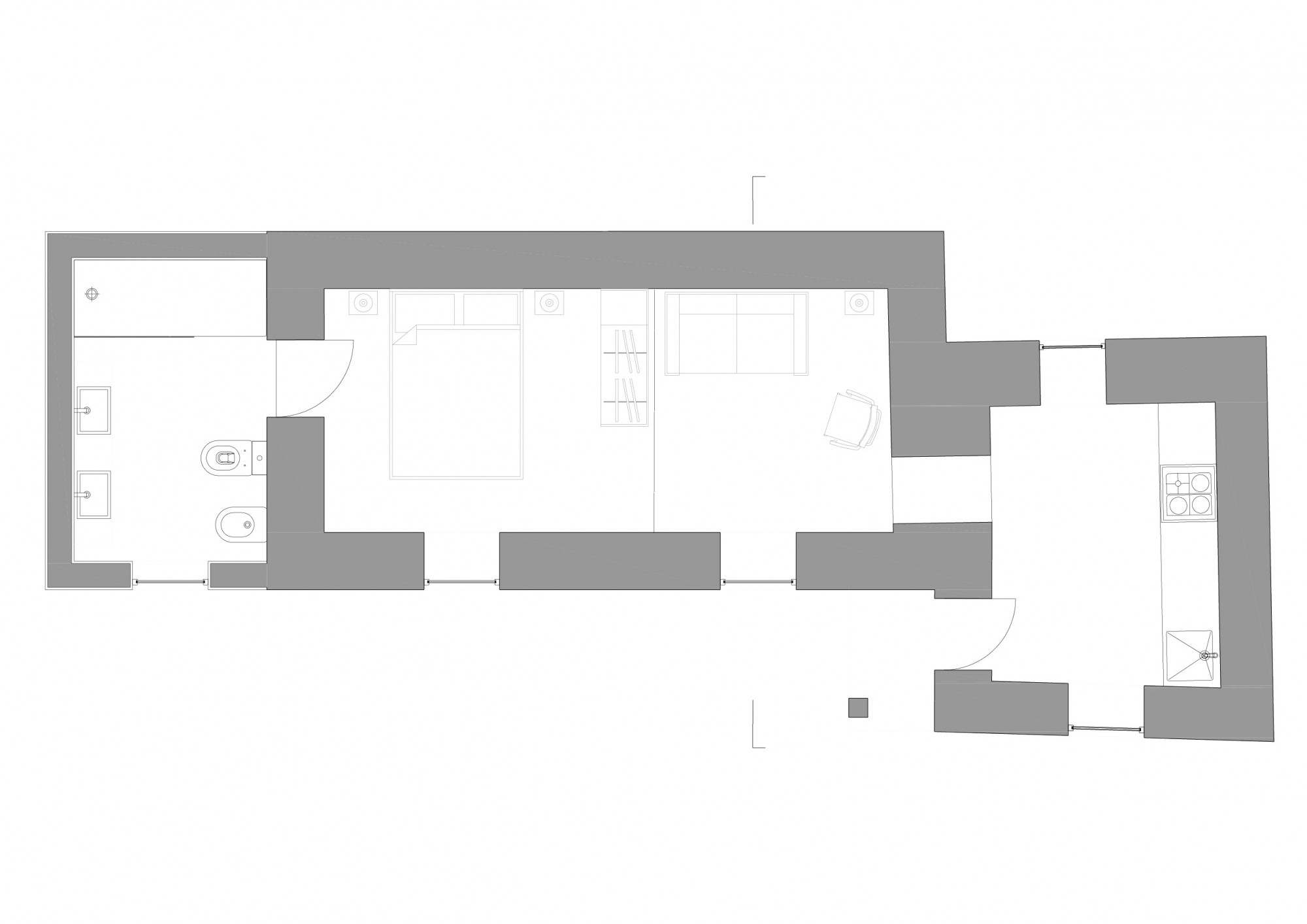
Piso -1 / -1 Level
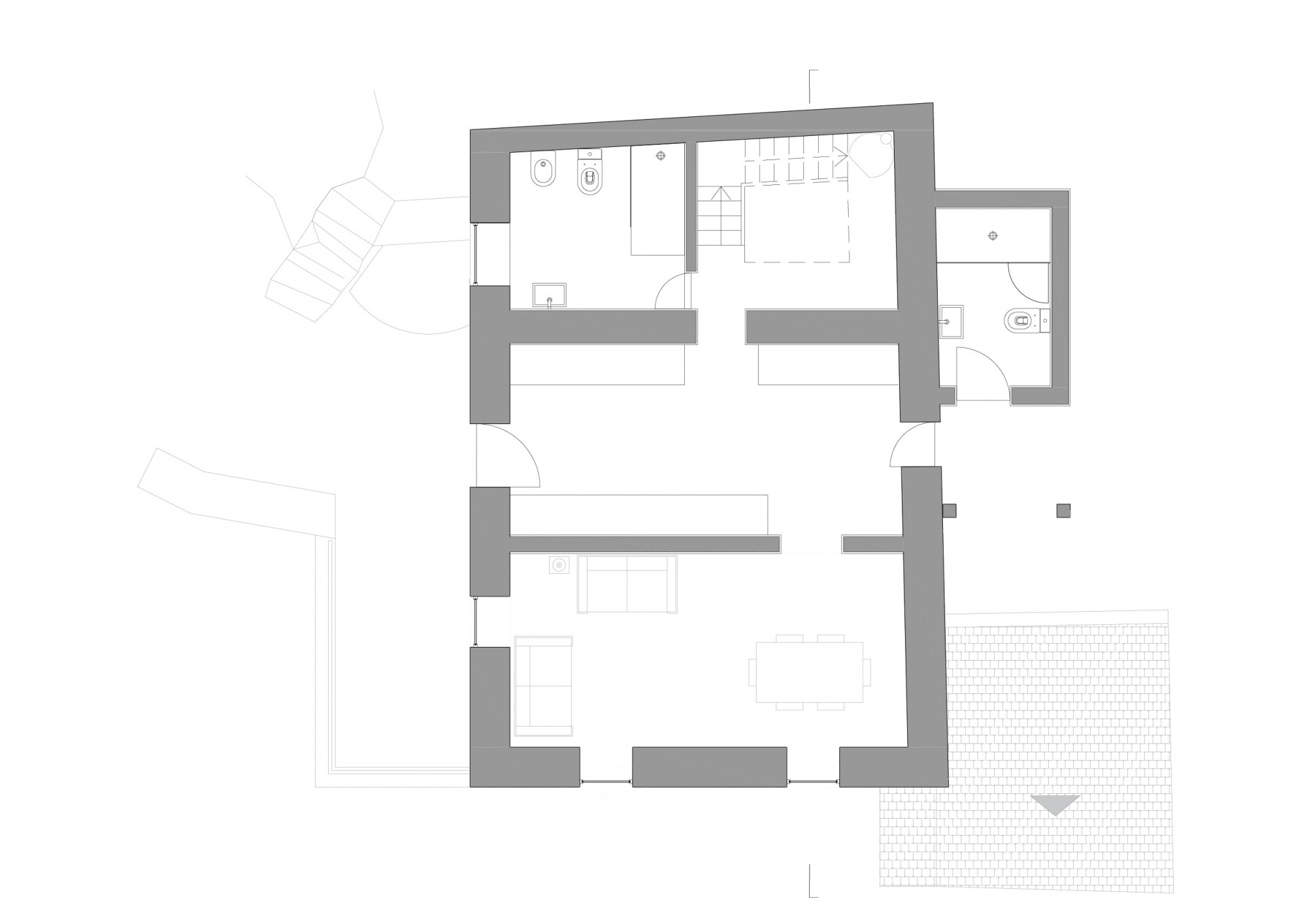
Piso 1 / Ground Floor
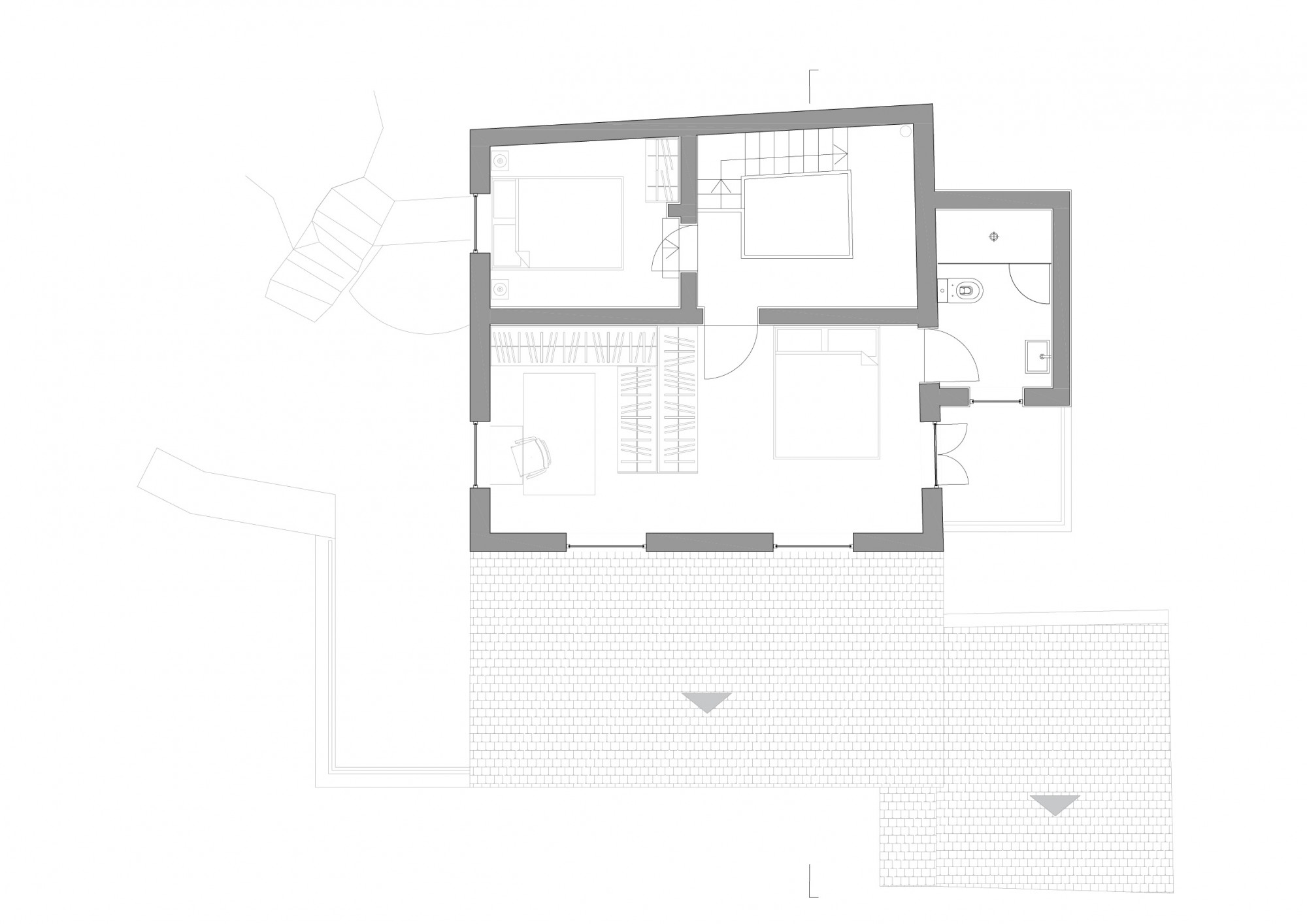
Piso 2 / 1 Floor
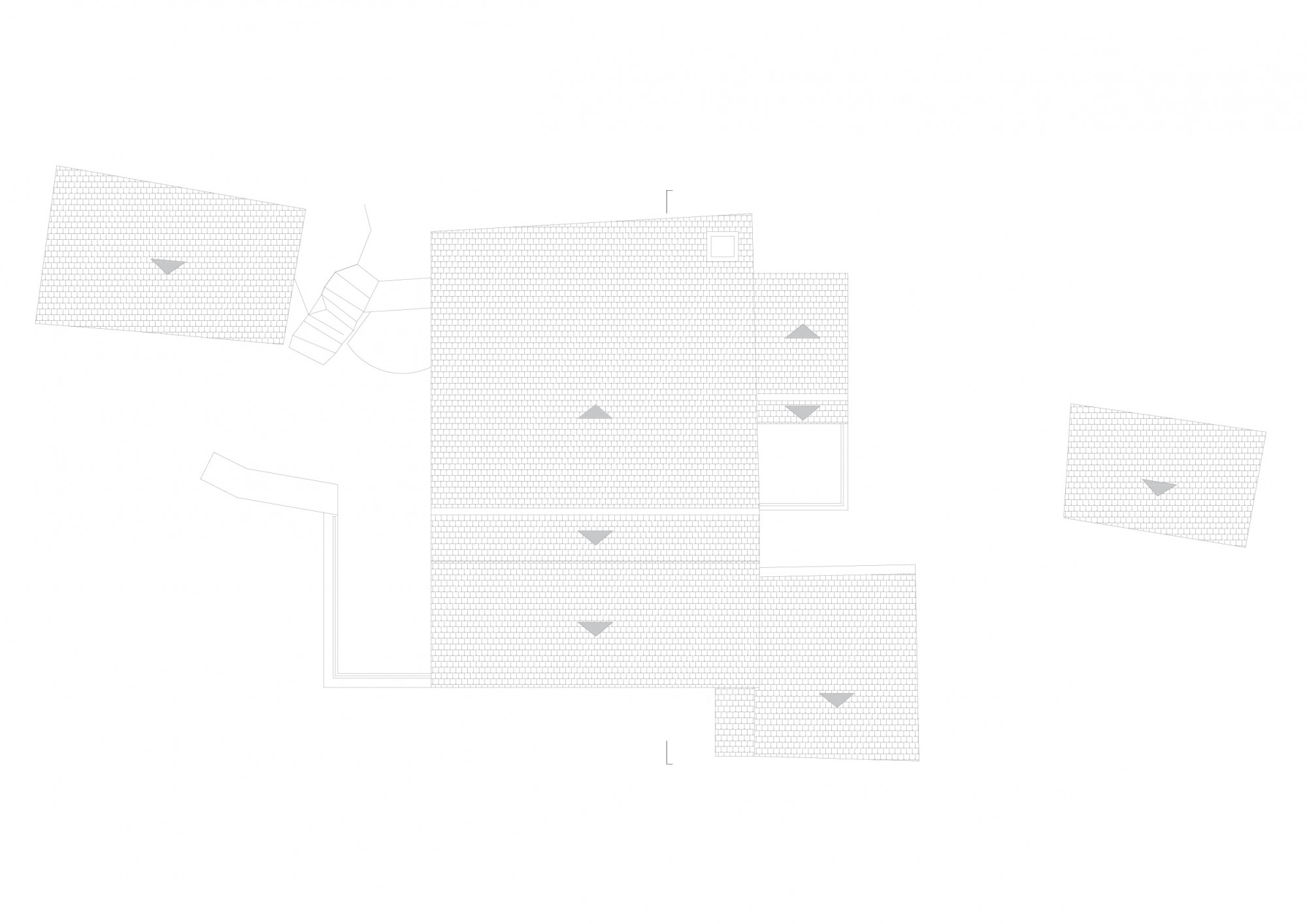
Cobertura / Rooftop
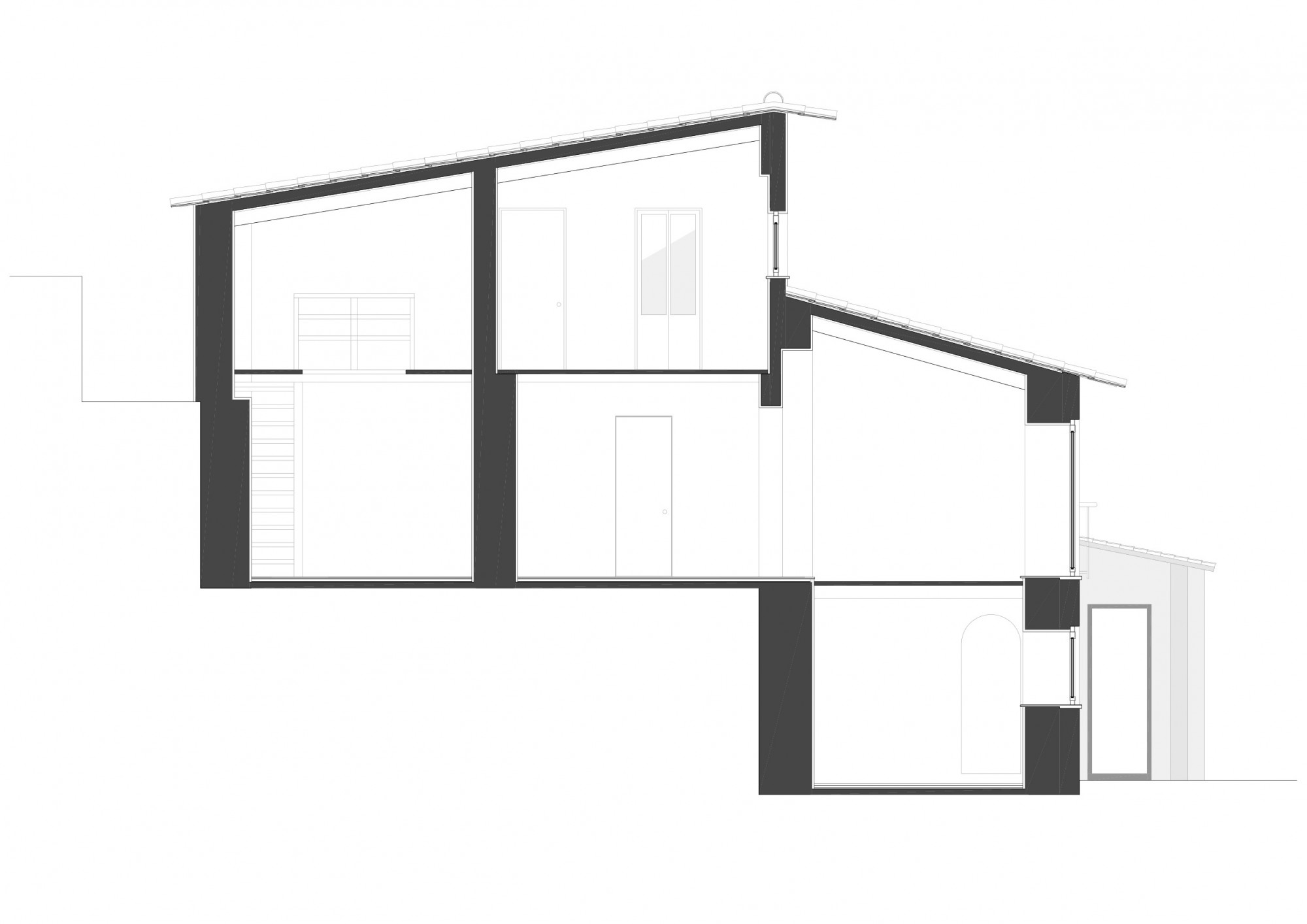
Corte / Section


